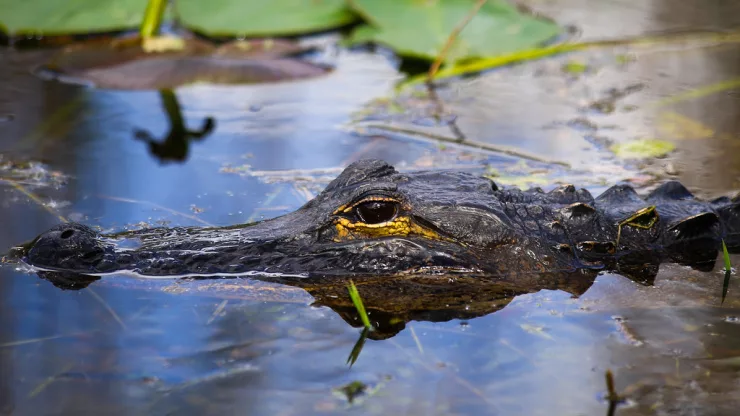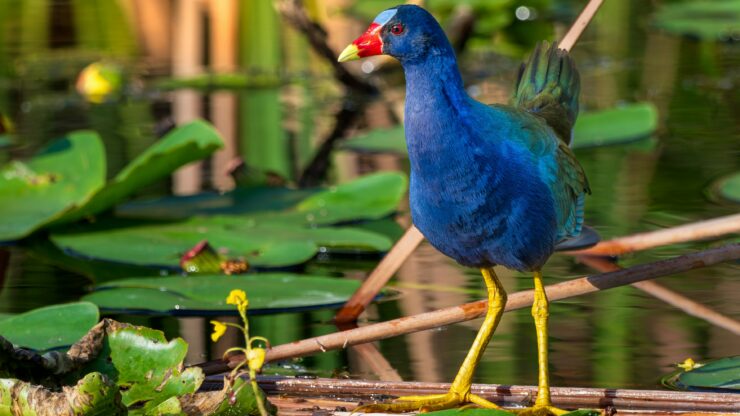Jump to Section
Discovering Florida’s Everglades
Florida’s Everglades is a unique ecosystem that stretches over 1.5 million acres in southern Florida.
It is home to a diverse range of wildlife and plant species, making it an important destination for nature lovers and outdoor enthusiasts.
The Everglades is also a critical source of freshwater for the region, and its preservation is crucial for maintaining the ecological balance of the area.
===A Journey Through Wildlife
Exploring the Everglades is like taking a journey through a wildlife paradise.
The best way to experience the park is by taking a guided tour, where you can learn about the different habitats and observe the animals in their natural environment.
You can choose from airboat tours, kayaking, hiking, biking, and more.
The Everglades is home to over 350 species of birds, 300 species of fish, 40 species of mammals, and numerous reptiles and amphibians.
Some of the most iconic animals include the Florida panther, American alligator, West Indian manatee, and the Everglades snail kite.
The park is also a haven for birdwatchers, with species such as the Roseate Spoonbill, Great Egret, and Wood Stork.
===From Panthers to Alligators: The Animals of the Everglades
The Everglades is a wildlife lover’s dream come true. Here are some of the animals you can expect to see during your visit:
-
Florida panther: This endangered species is the state animal of Florida and is one of the rarest large cats in North America.
-
American alligator: The Everglades is home to the largest population of American alligators in the world.
-
West Indian manatee: These gentle giants can be seen swimming in the park’s waterways.
-
Everglades snail kite: This bird of prey is unique to the Everglades and feeds on snails.
-
Burmese python: This invasive species is a threat to the park’s native wildlife and is often hunted by park rangers.
===Exploring the Natural Beauty of the Wetlands
Aside from wildlife, the Everglades is also famous for its breathtaking natural beauty. The park’s wetlands, sawgrass prairies, and mangrove forests are a sight to behold.
Here are some of the top spots to visit:
-
Anhinga Trail: This 0.8-mile trail is perfect for birdwatching and spotting alligators.
-
Shark Valley: This 15-mile loop is best explored by bike or tram and offers stunning views of the park’s landscape.
-
Flamingo: This remote part of the park is accessible by boat and is a great spot for fishing and camping.
-
Ten Thousand Islands: This area is a labyrinth of mangrove islands and channels and is best explored by kayak or canoe.
===FAQ
What is the best time to visit the Everglades?
The best time to visit the Everglades is during the dry season, which runs from November to April.
Can you swim in the Everglades?
Swimming is not recommended in the Everglades due to the presence of alligators and other wildlife.
Are there any guided tours of the Everglades?
Yes, there are numerous guided tours available, including airboat tours, kayaking, hiking, and biking.
Is the Everglades accessible for people with disabilities?
Yes, the park has accessible trails and facilities for people with disabilities.
I’m a nature enthusiast and creator of Metro Wilds and have spent years exploring the great outdoors.
With a passion for environmental conservation and sustainability, I have dedicated my career to writing about the beauty and wonders of nature, as well as the threats facing our planet.
Contact me at [email protected] for assistance.





